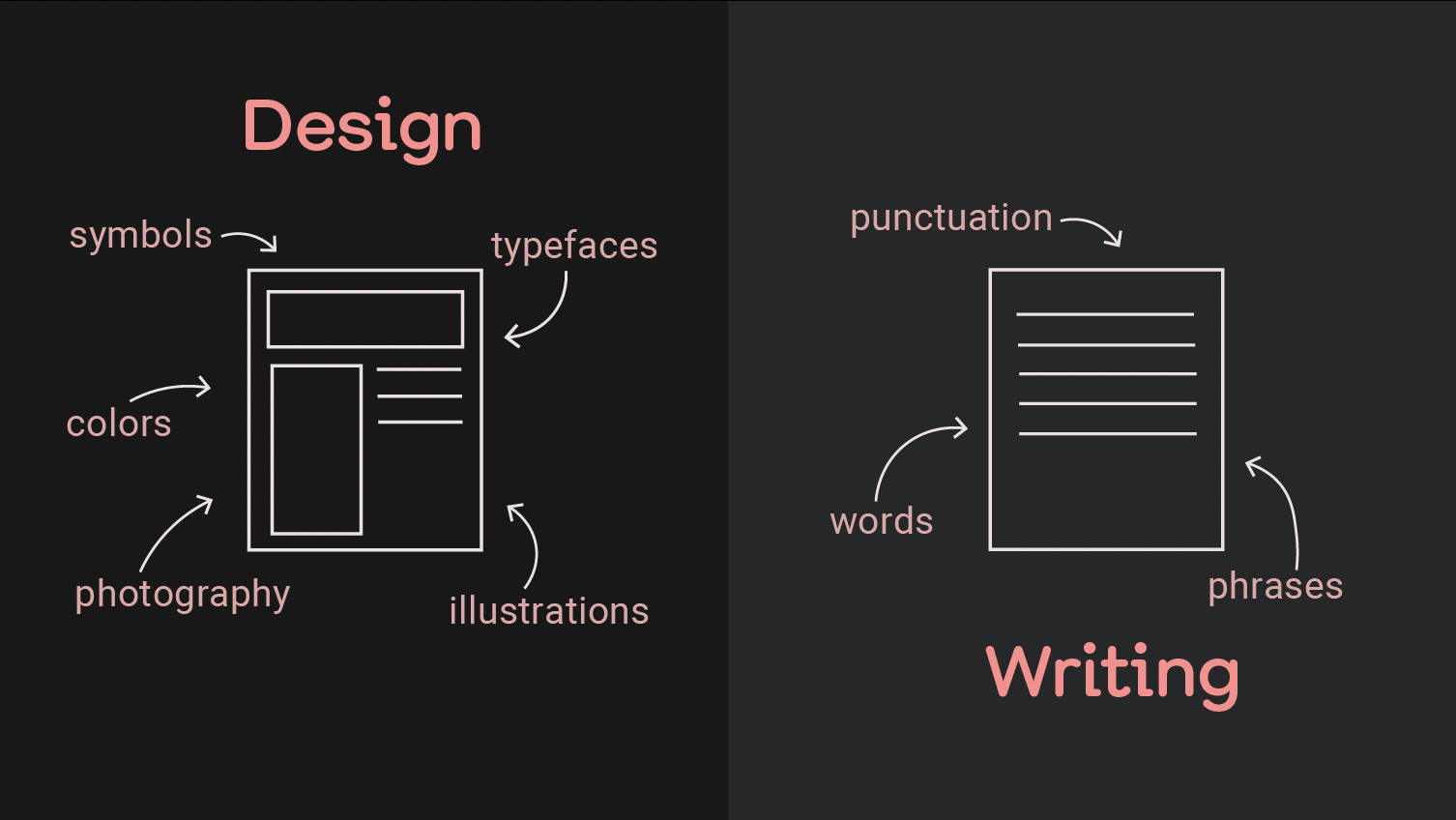Design Writing 101: How Designing and Writing Are More Alike Than You Think

As part of the 2021 AIGA Design Conference, I co-organized a workshop with Liz Stinson for Eye on Design called “Design Writing 101: How Writing Is a Lot More Like Designing Than You Think”. The 2 hour workshop features short presentations from myself and Liz, a panel discussion featuring Aggie Toppins, Anne Quito, and Molly Heintz, and a participatory workshop on interviewing and writing.
Below is part of the transcript from the panel discussion. You can read the entire thing on Eye on Design.
What is your relationship to writing?
Aggie Toppins: I’ve been practicing design for about 20 years. About half of that time was in the industry, and half of it was in the academy. Writing about design is a newer development in my career — I’ve been consistently publishing for a little over a year-and-a-half. But I think my relationship with writing began a long time ago when I worked at an agency in Chicago called Simple Truth. I worked with amazing copywriters there, who were just great conceptual partners on the work. And I started to see how effective visuals and effective writing make for really great design. But I also worked with super talented copy editors who, just by watching them work, I learned a lot about the craft of writing.
I didn’t take a writing course until graduate school, and I had a couple of classes with David Barringer at MICA. And he was just really great at teaching writing to visual thinkers. And so now that I’m in an academic career, I find myself writing as often, if not sometimes a little more often these days, than practicing design. And I do see them as compatible languages and compatible forms of inquiry. There are things when I write that I can explore differently than when I design. And even though they’re so compatible, I do think that they’re different head spaces for me still. I have to admit it, it took me a long time to feel comfortable calling myself a writer, but I do feel like I think natively in that language now.
Anne Quito: I am a journalist and design critic at Quartz, which is a little offshoot started by Atlantic media. I’ve been there for about seven years. In a previous life, maybe very few people know (I rarely divulge this to graphic designers I interviewed because it’s a little secret power), I used to be a graphic designer, and I founded a design studio. Before being in the SVA program that Molly runs, honestly, I never thought about myself as a writer. The teachers, they’re all great editors, gave me confidence to write and then, lo and behold, soon after graduation, I got an invite from the editor of this publication [Eye on Design]. And it was a nice nudge—or shove—into journalism. And I am still here.
Molly Heintz: I run the design research, writing, and criticism program here at SVA. It is a two semester intensive MA program that uses the lens of design to write about the world and think about design’s context and consequences. A lot of the people who come to our program are designers or have some sort of design background. But it’s also a mix of people who might be coming from more arts and journalism places, too, and are interested in writing about design. But how I got into all of this — I was actually in a Ph. D. program in the history of architecture, studying the ancient world and medieval topics. I was working on my dissertation one day and the stacks, and I was just like, “Man, I’ve got to get out of here, I need to be connected to contemporary culture.” I needed a break, and I ended up working in fashion and lifestyle publications on the side just for fun. And it was a revelation because I realized I could bring the same level of rigorous research to the table, but then use that to write for broader audiences.